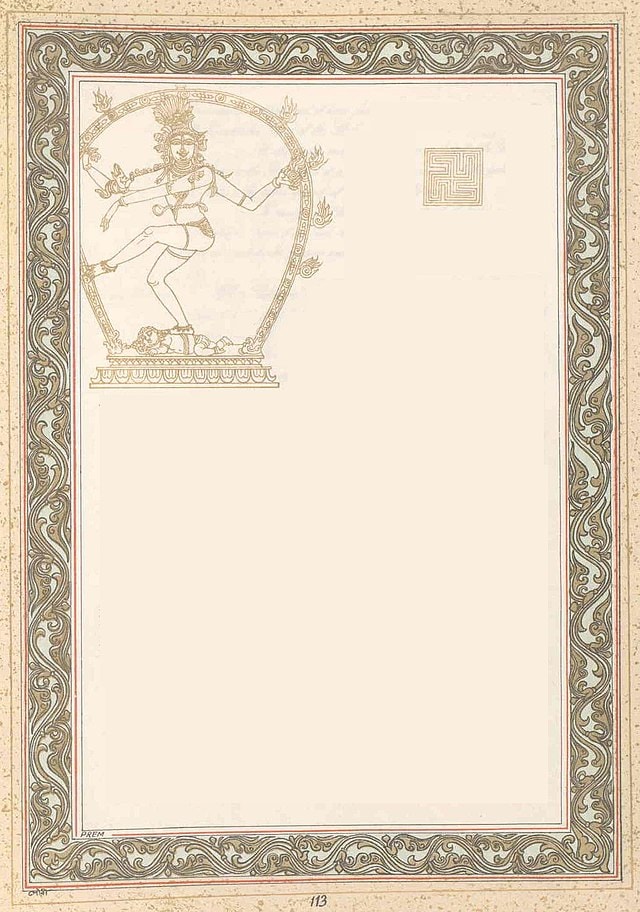India will celebrate its 76th Republic Day tomorrow. Tableaus are decked, flags are ready to be hoisted and the mood is set at New Delhi’s Kartavya Path which will witness the grandiose commemoration of the day India’s Constitution came into effect.
The Constitution is like the ‘how-to’ books that lay down rules and frameworks on ways the country should be run. India’s forefathers painstakingly drafted it, writing each sentence carefully and compiling it brick-by-brick.
The Indian Constitution boasts of being the longest in the world. While it runs for over 1,000 pages and consisted approximately 145,000 words when it was adopted in 1950, the Constitution is not all text.
It has some beautiful depictions of deities, and unsung heroes and features calligraphy done by renowned artists of that time.
In the Part III of the Constitution which deals with fundamental rights, one can find illustrations of Lord Ram, Lakshman and Sita returning to Ayodhya after their exile.
Lord Krishna and Arjun feature in the commencement of Part IV, concerning the Directive Principles of State Policy. The image captures Krishna delivering the teachings of the Bhagavad Geeta to Arjun.
The founders of Buddhism and Jainism, Gautam Buddha and Mahavira, also found a place in the Indian Constitution to symbolise peace and enlightenment.
India prides itself on being home to several glorious civilisations and historical epochs. Given their value to Indian society in the contemporary world, they find a mention in the Indian Constitution in the form of illustrations. Here are some of them:
Indus Valley Civilisation: A seal from the world’s oldest civilisation is depicted at the very beginning of the Constitution, to give an ode to India’s ancient urban culture.
Vedic Period: The Constitution carries an illustration portraying a Vedic ashram or gurukul to represent the educational and spiritual practices of early Indian society.
Epic Age: Scenes from the epics Mahabharat and Ramayan are also rendered into the Indian Constitution.
Maratha and Sikh Movements: The rise of regional powers that played a role in resisting colonial rule finds a place in the document.
Modern Era: The last illustration depicts the herald of independence in India achieved after 200 tough years of the British Raj.
The historical figures who made India what it is today have been proudly mentioned in the Constitution to remind us of their courage and sacrifice. These include Ashok Maurya, Vikramaditya, Akbar, Tipu Sultan, Chhatrapati Shivaji, Rani Laxmibai of Jhansi, Mahatma Gandhi and Subhash Chandra Bose.
Several god-gifted artists were behind the illustrations that made the Constitution a treat to the eyes. Their imagination and creativity are well credited and the contributions made by them toward the Indian Constitution are widely respected.
Calligrapher Prem Behari Narain Raizada penned the Articles and painted the pages of the Constitution while the paintings were conceived and designed by Santiniketan’s Nandalal Bose and his team (Kripal Singh Shekhawat, A Perumal, and Direndrakrishna Deb Burman).
The intricate patterns of the Preamble were made by Sketch artists Beohar Sinha and Dinanath Bhargava sketched the National Emblem and the Lion Capital of Ashoka.
Link to article –



